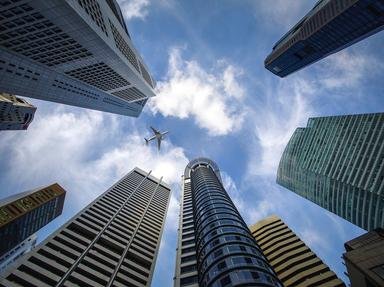Quiz Answer Key and Fun Facts
1. The photo shows a view of Galata, a historic neighbourhood of Europe's largest city. Although this megacity was an imperial capital for most of its history, it is not its country's national capital. What country am I talking about?
2. Europe's second-largest city and largest national capital enjoys the distinction of being the world's northernmost megacity, as well as the coldest. It is estimated that almost 15 million people live within its city limits. What iconic metropolis am I referring to?
3. Not surprisingly, Asia boasts the largest number of megacities. One of the biggest of them all is Jakarta, the capital of Indonesia, whose metropolitan area is home to over 30 million people. On which island is this huge metropolis located?
4. With its huge population, 21st-century China is teeming with megacities. Which of them, located far away from the coast, and home to over 30 million people. was the provisional capital of the Republic of China between 1937 and 1946?
5. Home to almost 20 million people, the sprawling metropolis of Karachi is the largest city, cultural and economic hub, and former capital of which South Asian country?
6. Africa has its share of megacities, whose number is projected to increase in the next few decades. In Central Africa, Kinshasa and Brazzaville - capitals of their respective countries - face each other across the wide Congo River. Which of the two, the capital of a former Belgian colony, is a megacity?
7. Though Nigeria's largest city, and one of the fastest-growing megacities in Africa and the world, on 12 December, 1991, Lagos was supplanted as its country's capital by which purpose-built city?
8. Though the third most populous country in the world, the US count only two megacities. Which of the cities listed below is one of them, at least in terms of metropolitan area?
9. Nearing the end of our tour, we land in South America. The photo shows the skyline of the continent's most populous city - which is also the largest metropolitan area in the Western and Southern Hemispheres. What is the main language spoken in this huge metropolis?
10. The Americas' third-largest city-proper, the capital of a country famed for its natural beauty and World Heritage sites, was founded in 1535 by Francisco Pizarro with the name of "Ciudad de los Reyes". What city am I referring to?
Source: Author
LadyNym
This quiz was reviewed by FunTrivia editor
agony before going online.
Any errors found in FunTrivia content are routinely corrected through our feedback system.
